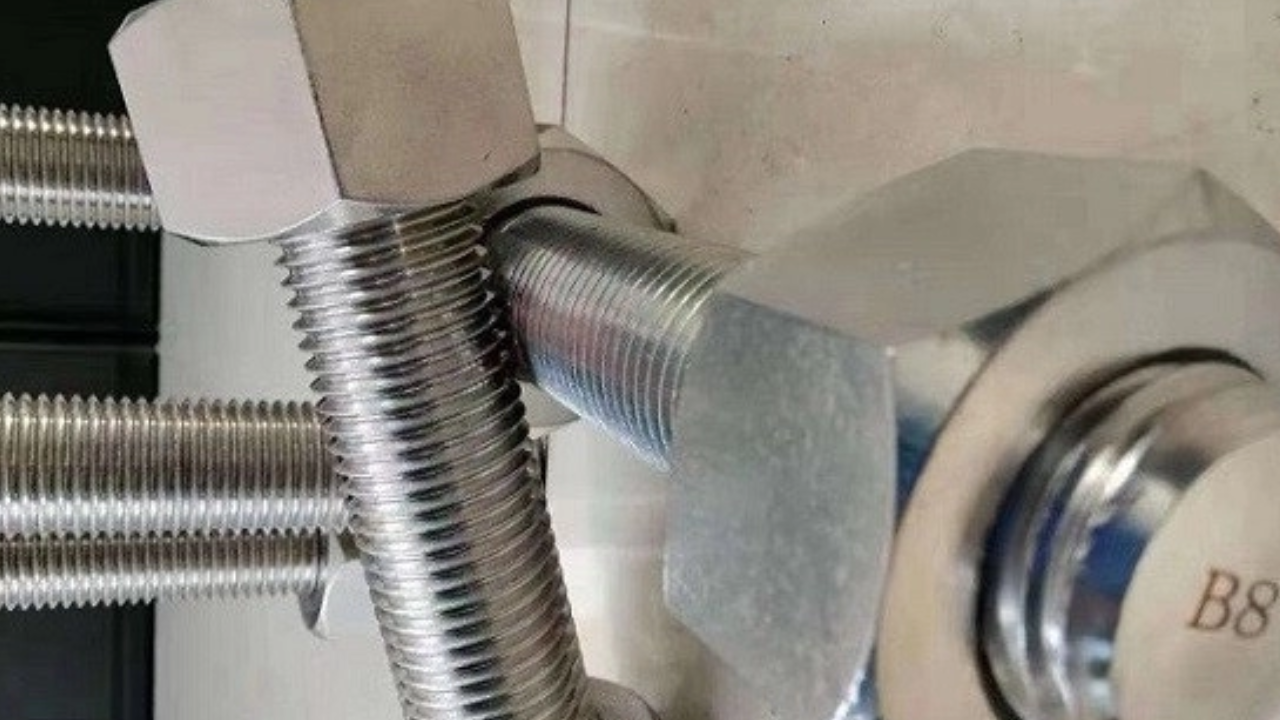A4 Stainless Steel Screws are a form of fastener famed for their top-notch corrosion resistance, making them best for use in worrying environments that include marine and coastal packages, chemical processing flora, and outside systems. Additionally known as grade 316 stainless steel, A4 screws include a higher percentage of chromium and nickel compared to different stainless-steel grades, providing advanced resistance to rust, pitting, and corrosion from harsh chemical compounds and saltwater publicity.
A4 screws are well-known in the automotive, business, and creative industries, where endurance and overall performance are crucial because of their toughness, which guarantees dependability and lifespan in a variety of scenarios. A4 Stainless Steel Screws are a recommended option for vital packages where energy and environmental factor resistance are critical due to their adaptability and robustness.
Elements Impacting A4 Stainless Steel Screw Load Capacity
The main elements influencing the load capacity of stainless steel screws are as follows:
Material Properties
The composition of the alloy and the corrosion resistance of the material that houses stainless steel screws are essential factors in figuring out their load ability. Grades of stainless steel, including 316 (A4) have molybdenum, nickel, and chromium, which offer top-notch resistance in opposition to corrosion. These alloys are perfect for harsh conditions due to their advanced electricity and durability. Whilst selecting stainless steel screws, engineers should hold these properties in mind to ensure first-class typical performance and sturdiness in an expansion of programs.
Thread Design
The design of the screw’s threads impacts its capability to resist masses. Coarse threads provide better grip and are proper for programs requiring excessive tensile electricity, while high-quality threads provide multiplied resistance to loosening in softer substances. Additionally, the thread pitch, angle, and depth make contributions to the screw’s conserving power and resistance to shear forces. Engineers have to pick out the correct thread type based on the application’s requirements and the material being fastened.
Surface Finish
The floor end of stainless steel screws can affect their frictional characteristics and resistance to galling throughout the installation. Smoother surfaces typically showcase lower friction coefficients, facilitating a less complicated setup and probably higher preload values. However, certain floor coatings or remedies can enhance corrosion resistance and beautify the overall performance of the screw in competitive environments.
Diameter and Length
The diameter and period of a stainless-steel screw, without delay, affect its load capability. Large-diameter screws commonly provide more tensile and shear strength, distributing the burden over a larger area and lowering the threat of failure. Further, longer screws provide deeper penetration and increased thread engagement, enhancing their ability to aid heavy loads. However, it’s far essential to keep in mind the trade-offs between increased length and potential interference with adjacent additives or cloth thickness obstacles.
Installation Method
Right installation is critical for maximizing the load potential of stainless steel screws. Factors that include torque, pre-drilling, thread engagement, and fastening techniques influence the integrity of the relationship. Over-tightening can lead to thread stripping or cloth deformation, compromising the screw’s capability to bear loads. Conversely, inadequate tightening may result in loosening over time, jeopardizing the structural balance of the assembly. Following producer tips and enterprise best practices guarantees that screws are hooked up efficiently, optimizing their load-bearing overall performance.
Environmental Factors
External conditions, along with temperature variations, exposure to moisture, chemical substances, and mechanical vibrations, can affect the long-term performance of stainless steel screws. Corrosion, specifically, poses an enormous threat to load capability by weakening the material and compromising its structural integrity. Proper cloth selection, surface remedies, and corrosion safety measures mitigate the effect of environmental factors on the screw’s overall performance.
Summary
The load capacity of stainless steel screws is intricately influenced by material properties, thread layout, dimensions, installation methods, and environmental elements. By cautiously considering these elements, engineers can optimize screw overall performance, ensuring reliability and safety in diverse programs. Further investigation and adherence to best practices will increase stainless steel screws’ ability to support mechanical and structural loads.
